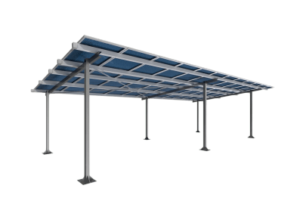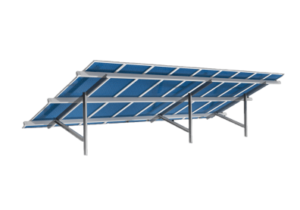
Driving Sustainability in UAE The Rise of Solar Carports and EV Charging Stations
30/12/2024
steel plants in india definition list of steel plants upcoming projects
13/02/2025Unlocking Uganda's Solar Potential Growth Opportunities and Future Prospects
Uganda's solar energy sector is experiencing significant growth, driven by a combination of favorable climatic conditions, supportive government policies, and increasing investment in renewable energy. As of 2020, the country's gross domestic product (GDP) was valued at $36 billion, with a projected growth rate of 6.63%. The population stands at approximately 41 million, with 27% residing in urban areas. Notably, Uganda has one of the youngest and most rapidly growing populations globally, with 54% under the age of 18. This demographic trend is expected to escalate demand for jobs, housing, health services, and energy, presenting substantial potential for the rapid adoption of renewable energy, particularly off-grid solar solutions.
Current Growth and Market Potential
The adoption of solar home systems (SHS) in Uganda has seen a remarkable increase. In 2020, 38% of the population utilized solar energy, a significant rise from 18% in 2017. This surge is largely attributed to the popularity of plug-and-play SHS equipped with phone charging, radio, and TV capabilities, which are facilitated by flexible pay-as-you-go (PAYGO) models. Rural and peri-urban areas continue to offer a viable market for these solar products.
Despite these advancements, Uganda's national electrification rate stands at 42.1%, below the sub-Saharan African average of 43%. The national electricity grid serves 60% of urban areas and 18% of rural areas. However, the increasing use of SHS in rural regions has contributed to a decline in grid usage from 22% to 19% over the same period. This indicates a growing reliance on off-grid solar solutions to meet energy needs.
Projected Growth and Investment Opportunities
Uganda's renewable energy potential is estimated at 5.3 GW, with only 1,364.6 MW installed as of 2021, highlighting a substantial opportunity for expansion. The government's adoption of a free-connections policy in 2018 aims to achieve 300,000 connections per year, thereby increasing electricity demand and creating a conducive environment for mini-grid expansion and off-grid energy companies to operate in rural areas.
The off-grid solar energy market in Uganda presents significant investment opportunities, particularly in the development of solar photovoltaic (PV) mini-grids. While still nascent, with only a few operational systems like the Kitobo solar power plant in Kalangala district, the declining costs of solar PV technology and supportive government policies are expected to drive large-scale development. Additionally, the increasing adoption of SHS and the expansion of PAYGO models offer promising avenues for investment.
Conclusion
Uganda's solar energy market is poised for substantial growth, supported by a young and expanding population, favorable government initiatives, and a significant untapped renewable energy potential. The increasing adoption of off-grid solar solutions, particularly in rural and peri-urban areas, underscores the market's potential. Investors have the opportunity to contribute to and benefit from this growth by focusing on the development of solar PV mini-grids, expansion of SHS distribution, and leveraging flexible payment models to enhance energy access across the country.
Explore Uganda's solar potential
partner with us today!




